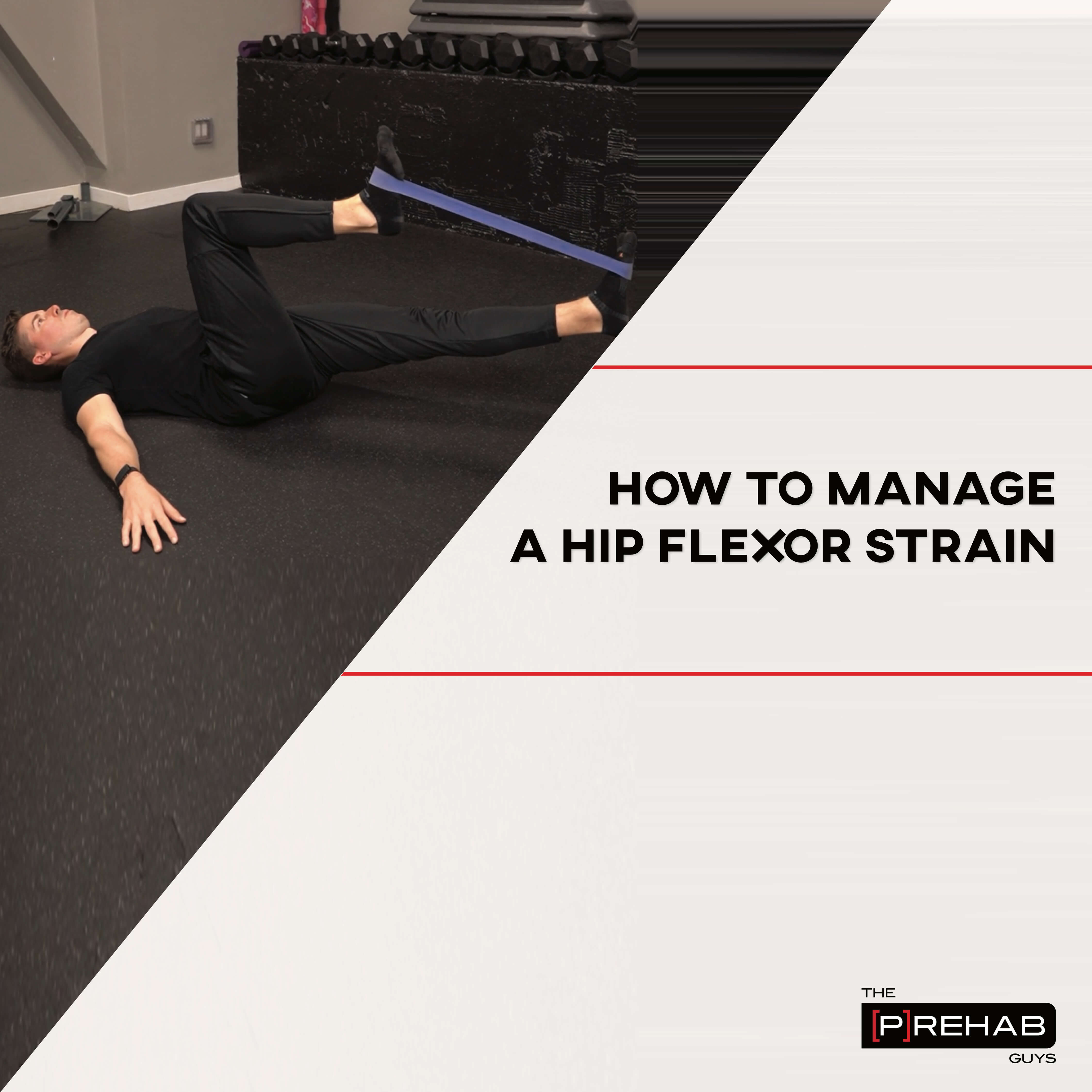3. Put your arms on the props to help you. 3. Put your fingers on the ground in front of you for help. It’s best to feel a cushty stretch on the front of your left hip. Tuck the back toes and press up to a downward-facing canine, taking any movements to shake out after the intense stretch. I have a step-by-step video tutorial to show you how to release the TFL you also needs to take a look at. Stretch your proper leg out behind you, together with your toes flat on the floor. Tip: If you can’t attain your toes, you need to use a towel or yoga strap to help deepen the stretch. Just attach one end of the Accessory Strap to the facet of the wrap that has the Velcro patch, and wrap it round till it meets the BFST® or ColdCure® Wrap on the opposite side. One in every of the easiest and simplest hip mobility stretches is named a straight-leg elevate. Try these heat up stretches with running legend, Haile Gebrselassie. First, although, let’s take a look at what’s occurring on the hip joint through the working motion. That puts you in danger for joint pain, strains, and muscle harm.
Important: Listen to your physique and cease stretching if you’re feeling pain, to keep away from injury. This stretch is predicated on a mobility approach involving fascial stretching and mobility. 6. You need to feel the stretch deep in the back of the hip, the place the piriformis muscle is. Certain deep stretches can also improve the risk of a hip flexor pressure. Once you’re ready, you may transfer on to extra advanced hip stretches like quad stretches, squats, and lying hip rotations. You may pressure or get a tear in these muscles with actions like soccer, soccer, dancing, martial arts, and bicycling. Some muscles, like the rectus femoris, attain all the way right down to the knee joint. As you glide ahead, reach your left arm overhead to the best aspect. Reach both arms as much as the ceiling with arms touching your ears (or as shut as attainable), concentrating on staying vertical throughout the motion to really feel an increased stretch.
That’s a “actual” hip flexor stretch. It will be important to find out you probably have tight hip flexors earlier than you begin to work on hip flexor mobility. Runners with tight hips usually compensate by letting their low backs do the work. The easiest method to do that is by adding these 5 easy and dynamic hip flexor stretches for runners into your coaching plan. And while it’s largely anecdotal proof, the athletes and clients of mine who carry out dedicated stretches – particularly the hip labral tear back pain flexor stretch – previous to training and competitors are likely to not get damage. And then the stiffenss of stretch reflex was determined from the size-tension plot. Hold the stretch for a pair seconds, then come off it. 3. Hold your leg in the air for a depend of 5, then slowly and punctiliously lower your leg again down again. Make certain to keep the again standing leg (the one which you’re stretching) pointing straight forward. In addition to the posterior pelvic tilt, the important thing with this stretch is to keep the pelvis and feet facing forward.
 4. If that is as far as you possibly can go, keep your arms extended and hold that place. Start in a kneeling position along with your proper knee up. Note: this is basically the same sequence because the kneeling hip flexor stretch. Also, the identical individuals who do the stretch that manner will all the time complain of feeling tight of their hip flexors. As you do this, your left leg will straighten and the bend in your proper knee with deepen. Should you don’t really feel a stretch, start gliding forward until you feel a pull by way of the front of the leg. The following routine can show you how to achieve both the center and entrance splits if achieved constantly. This can be a light depth stretch that may help with the mobility of your spine. Listed below are a couple of how to help your back when you employ the rest room. Once you’re snug doing the stretching routine above, you possibly can try moving into position for the splits by following the steps under. Begin in an upright standing position together with your toes shoulder-width apart, maintaining good alignment with your head, shoulders, hips, and legs. 1. Start seated, together with your legs in front of you.
4. If that is as far as you possibly can go, keep your arms extended and hold that place. Start in a kneeling position along with your proper knee up. Note: this is basically the same sequence because the kneeling hip flexor stretch. Also, the identical individuals who do the stretch that manner will all the time complain of feeling tight of their hip flexors. As you do this, your left leg will straighten and the bend in your proper knee with deepen. Should you don’t really feel a stretch, start gliding forward until you feel a pull by way of the front of the leg. The following routine can show you how to achieve both the center and entrance splits if achieved constantly. This can be a light depth stretch that may help with the mobility of your spine. Listed below are a couple of how to help your back when you employ the rest room. Once you’re snug doing the stretching routine above, you possibly can try moving into position for the splits by following the steps under. Begin in an upright standing position together with your toes shoulder-width apart, maintaining good alignment with your head, shoulders, hips, and legs. 1. Start seated, together with your legs in front of you.
